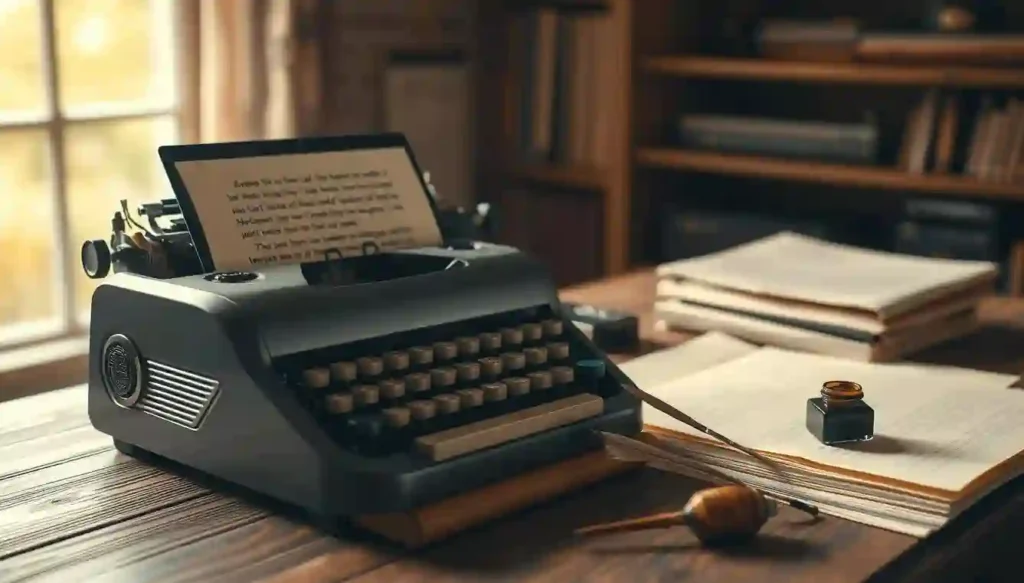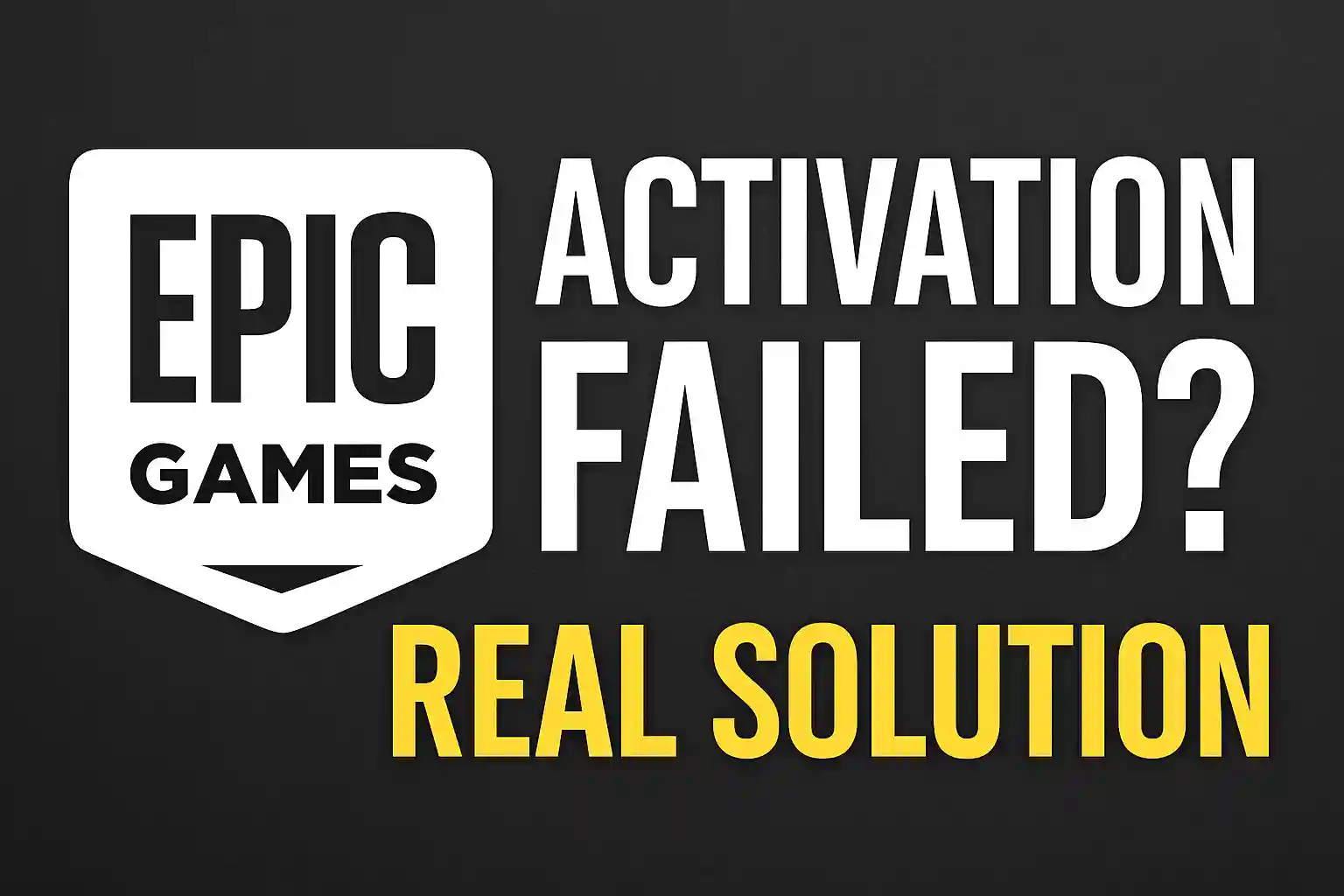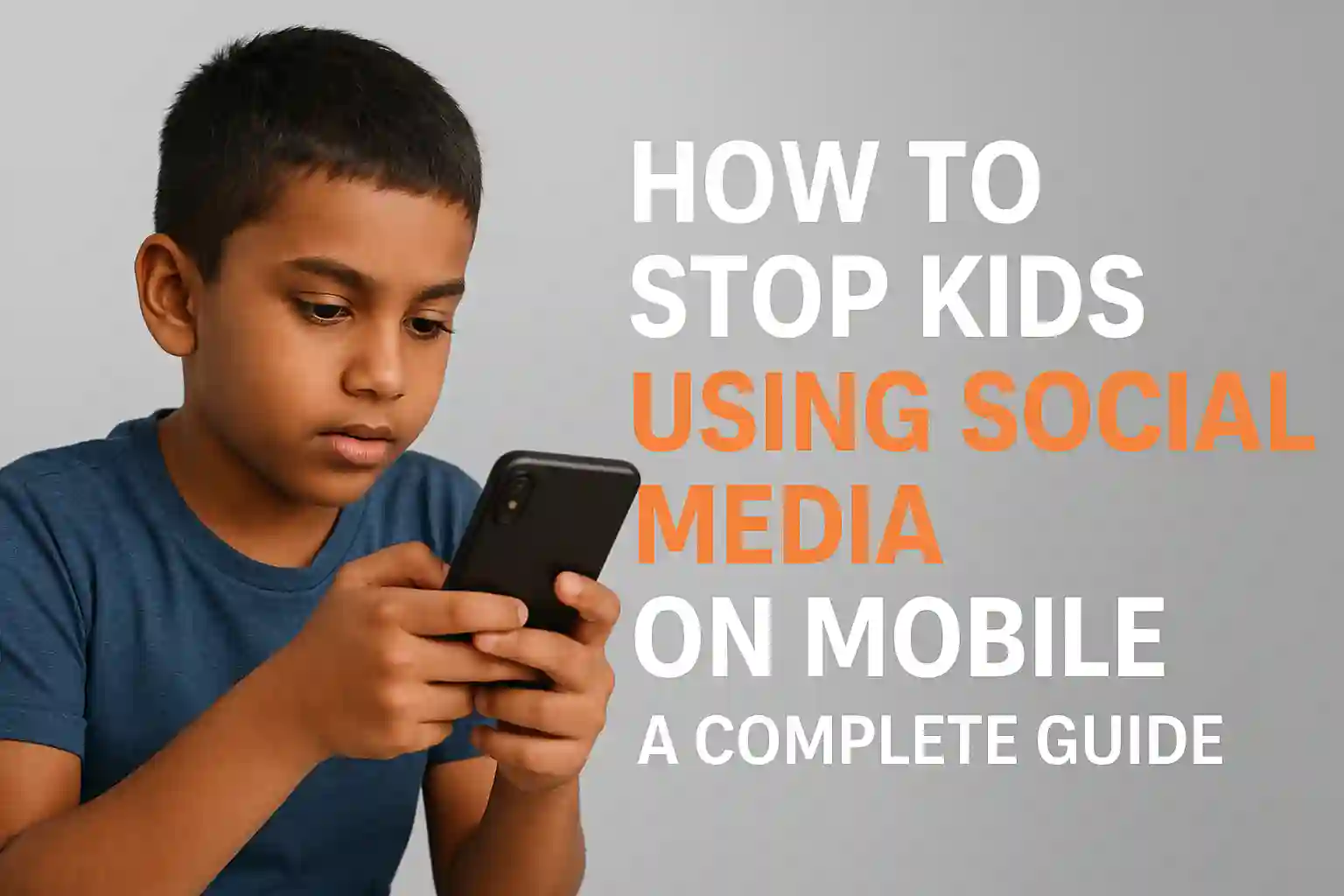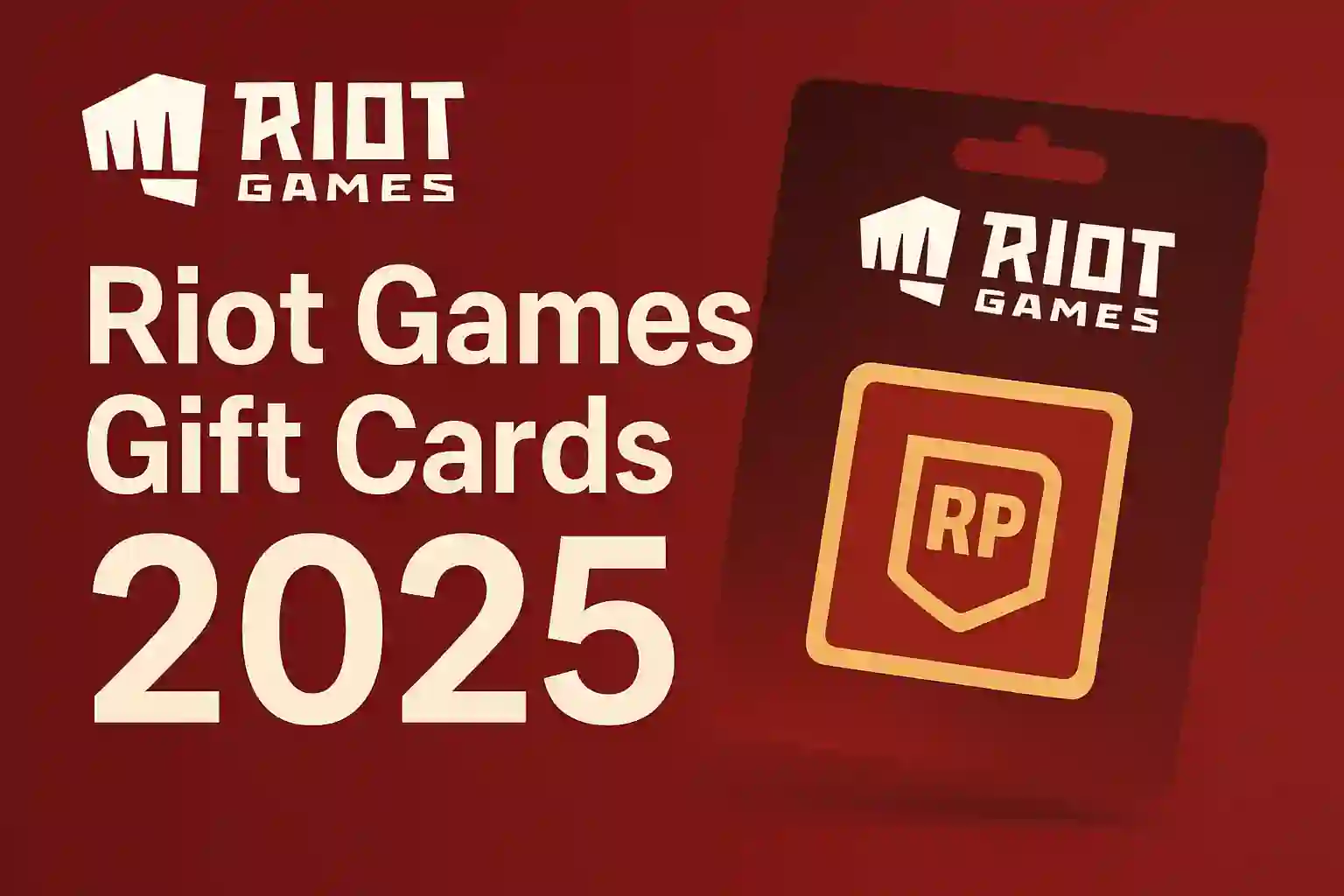Boost Your Creative Writing with ChatGPT | AI Writing Guide

Table of Contents
ToggleImagine your next big novel being written with an AI that never stops. This AI criticizes fairly and sparks your creativity all day, every day. Writers in the U.S. are finding that working with smart algorithms boosts their creativity, not hinders it.
Old ways of writing can get stuck: blank pages, the same ideas, or uneven stories. But tools like ChatGPT are smart brainstorming friends. They help with character ideas, plot surprises, and dialogue. You can get 10 new story starts in 30 seconds or make a tricky phrase sound beautiful.
This isn’t about replacing your creativity. It’s about working together. AI does the hard work of coming up with ideas. You can then focus on making stories that touch people’s hearts. Writers of all kinds say they’re writing better and faster, from book authors to screenwriters.
Key Takeaways
- Overcome writer’s block with instant story prompts and scene suggestions
- Develop complex characters using AI-generated personality traits and backstories
- Refine your voice through iterative feedback on tone and style
- Experiment with genres outside your comfort zone safely
- Maintain full creative control while leveraging machine-generated options
Understanding ChatGPT’s Role in Modern Writing
Writers today face an exciting crossroads where technology meets imagination. ChatGPT stands at this intersection, providing unprecedented creative support. It uses advanced neural architecture to generate original ideas while keeping human authorship.
What Makes AI Valuable for Creativity?
ChatGPT uses a transformer-based neural network trained on diverse text sources. This lets it:
- Recognize narrative structures across genres
- Suggest context-aware vocabulary choices
- Generate multiple plot directions in seconds
For example, a mystery writer could input “clues about a missing heirloom” and get three distinct scenarios. These might involve hidden compartments or family secrets. Nonfiction authors also benefit, with the AI suggesting analogies to simplify complex topics.
The system’s natural language processing (NLP) capabilities are impressive. It detects emotional tones, cultural references, and subtle pacing techniques. This makes it one of the most versatile NLP tools for writers today.
ChatGPT combines vast data analysis with user-guided input. It acts as a creativity amplifier. Writers keep full control over their voice while gaining access to AI-generated springboards. These help push projects forward faster than traditional brainstorming methods.
READ ALSO – How to Generate AI Videos Free: The Ultimate Guide
How ChatGPT Enhances the Creative Writing Process
Writers often struggle to find new ideas and get past creative blocks. ChatGPT is like a digital brainstorming buddy. It helps without taking over the writer’s voice. Let’s see how it changes the creative process.
Accelerating Idea Generation
ChatGPT for brainstorming in writing boosts creativity. Instead of blank pages, writers get new ideas with simple prompts. For example:
- Ask for “five sci-fi plot twists involving time travel” to break predictable story patterns
- Request “three conflicting motivations for a morally gray protagonist” to deepen character development
- Generate “symbolic imagery ideas for a story about rebirth” to strengthen thematic layers
A mystery author might use ChatGPT writing prompts like “Suggest red herrings for a stolen artifact plot” to build suspense. The AI gives many options quickly. Writers can pick what fits their story.
Overcoming Writer’s Block with AI
When stuck, give ChatGPT a story snippet and prompt: “Continue this dialogue in a tense courtroom drama style.” It offers:
- Fresh narrative angles
- Unexpected character reactions
- Setting details to enhance mood
One novelist used ChatGPT for writers’ block to solve a 3-month plot hole. They asked: “How might a detective discover hidden messages in classical music scores?” The answer was a key story moment loved by readers.
Remember, AI outputs need editing. Make sure they fit your style. Always check facts. As screenwriter Jamie Vega says:
“ChatGPT isn’t writing your story—it’s handing you the brushes so you can paint faster.”
READ ALSO – How to Create AI-Generated Images: Complete Guide 2025
Advanced Story Development Techniques
Advanced storytelling is more than skill. It’s about using AI to improve your creative ideas. Writers who use ChatGPT for fiction writing get tools to make their stories better. These tools help with worldbuilding, dialogue, and new ideas.
Building Immersive Worlds
Creating believable worlds needs focus on geography, culture, and history. ChatGPT creative storytelling tools offer help. They assist in:
- Creating detailed lore for fictional societies
- Developing consistent magical or technological systems
- Mapping terrain that affects the story
Here’s a comparison of fantasy scenes:
| Element | Human-Written | AI-Enhanced |
|---|---|---|
| Setting Description | “The castle stood on a hill.” | “The obsidian fortress loomed over the ashen plains, its spires crackling with forbidden energy from ancient earth magic.” |
| Cultural Detail | “The villagers were poor.” | “Merchants bartered rusted clockwork parts in the shadow of the duke’s steam-powered airships—a stark divide between castes.” |
Crafting Dialogue That Resonates
ChatGPT language generation looks at speech patterns to suggest real conversations. It helps writers:
- Keep character voices consistent
- Balance information with natural talks
- Match dialogue with the story’s style
In literary fiction, human-written dialogue is:
“I can’t do this anymore,” she said quietly.
AI-enhanced dialogue is:
“You’ll find my resignation letter with the wilted dahlias,” she murmured, tracing the chipped rim of her grandmother’s teacup.
This improving writing with ChatGPT method adds depth with small details. But it keeps the emotional impact. Writers are in charge, and the AI is just a brainstorming tool.
Genre-Specific Writing Enhancements
ChatGPT really stands out when it’s used for different types of stories. It has customizable frameworks for genres like mystery, romance, and more. This lets writers make their stories better while keeping their own style.
Mystery & Thriller Plot Construction
Mystery writers need to control the pace and keep readers guessing. ChatGPT helps with strategically placing red herrings and building suspense. One writer says it cut down on mistakes by 40% while working on a thriller.
| Element | Traditional Approach | AI-Enhanced Method |
|---|---|---|
| Clue Distribution | Manual timeline mapping | Automated pacing analysis |
| Suspect Diversion | Peer feedback loops | Red herring generation |
| Twist Integration | Post-draft revisions | Real-time plausibility checks |
Romantic Arc Development
Romance stories need to feel real. ChatGPT’s dialogue suggestion engine helps create conversations that show vulnerability and attraction. A New York Times bestselling author says AI helped them revise 30% faster.
“The AI doesn’t write the romance for you—it helps spotlight moments where the emotional stakes could deepen.”
Key uses include:
- Creating conflict that tests the relationship
- Offering suggestions for body language to add tension
- Helping balance dialogue with inner thoughts
These genre-specific AI tools show how ChatGPT helps writers in many ways. It goes beyond basic help, giving support that fits each genre’s needs.
READ ALSO – 7 Best Hidden AI Email Assistant Tools You Need to Try
Optimizing Drafts Through AI Collaboration
Modern writers team up with ChatGPT to make their drafts shine. This mix of human creativity and AI precision turns rough drafts into great stories. It keeps the writer’s voice clear while making the story better.
Structural Analysis & Improvements
ChatGPT is great at finding issues in story structure. It looks for:
- Pacing problems between action and quiet moments
- Chapter length issues that mess up the flow
- Plot holes in timelines or events
The AI shows where readers might get bored and suggests fixes. For example, it might say: “Break a long dialogue scene into two chapters with more details to keep tension.” Writers can choose to accept or change these ideas.
Style Refinement Tools
ChatGPT checks more than just grammar. It looks at:
- If dialogue sounds real and fits the setting
- If the tone changes too much
- If the words used are varied enough
It compares your work to successful stories in your genre. It might suggest: “Thriller heroes use fewer adjectives than your draft—change page 42.” This feedback helps keep the story’s voice strong and avoids repetition.
Key Benefit: Writers can edit 40% faster with ChatGPT’s help. The AI is always ready to spot mistakes and suggest ways to make the story stronger. A novelist said: “It’s like having a development editor always available, without the coffee breaks.”
Ethical Considerations in AI-Assisted Writing

AI tools like ChatGPT are changing how we write. Writers now wonder about honesty and duty. They must find a balance between using tech and staying true to their art.
Originality in the Age of Automation
Writers worry about keeping their work unique when using AI. Human touch is what makes something original. Here are some points to think about:
- AI should help start ideas, not finish them
- Using plagiarism checkers is key
- Creating a unique voice takes human effort
“Writers must remain the architects of their work – AI should be the construction crew, not the designer.”
PEN America Digital Ethics Guidelines
Building Trust Through Transparency
Leaders say we need to talk openly about working with AI. The Science Fiction & Fantasy Writers Association (SFWA) has updated its rules:
| Organization | AI Disclosure Requirement | Enforcement Date |
|---|---|---|
| SFWA | Full transparency in submissions | January 2024 |
| PEN America | Ethical use guidelines | Ongoing |
| Authors Guild | Disclosure in publishing contracts | Q3 2024 |
To keep things clear, follow these steps:
- Tell about AI use in proposals
- Share tool use in thanks sections
- Mark AI-assisted parts with watermarks
READ ALSO – How Tesla Autopilot Works: The Tech Behind Self-Driving Cars
Integrating ChatGPT into Professional Workflows
More writers are using AI tools like ChatGPT to make their work easier. They mix ChatGPT with software they already use. This mix helps them work faster and keep their creative ideas.
Software Combinations for Writers
Scrivener with ChatGPT is great for big projects. Writers use Scrivener to organize their work. ChatGPT helps with brainstorming, checking scenes, and keeping characters consistent.
Screenwriters use Final Draft with ChatGPT for scripts. ChatGPT helps with dialogue, beat sheets, and catching formatting errors.
Grammarly Premium and ChatGPT are a perfect team for editing. Grammarly fixes grammar, while ChatGPT works on tone, structure, and vocabulary.
Time Management Strategies
Using AI workflow integration well means planning your time right. Here are some tips:
- Pomodoro-Enhanced Writing: Work in 25-minute bursts with breaks to plan with ChatGPT.
- Task Batching: Do similar tasks together, like research or editing.
- Priority Matrix: Use ChatGPT to sort tasks by how urgent they are.
Tools like Trello or Asana get better with AI:
“Using ChatGPT in our planning cut down our time by 40% and made our content better.”
– Lead Content Strategist, Digital Publishing House
To work best, know when to use humans and AI. Humans should do creative thinking. Use ChatGPT for research, expanding drafts, and routine tasks.
- Research compilation
- First-draft expansion
- Routine administrative tasks
Case Studies: Successful AI-Augmented Projects

The literary world is changing fast. Authors are using AI tools to create amazing works. AI-augmented novels and ChatGPT-assisted stories are getting big awards. They show how AI can help writers without losing their touch.
Novel Writing Breakthroughs
Lena K. Marshall’s sci-fi book “Stellar Echoes” got a Hugo nomination thanks to ChatGPT. She talked about how AI helped her:
- Creating alien languages
- Plotting complex stories
- Improving character dialogue
“ChatGPT was my brainstorming buddy. It came up with ideas I never thought of. But I always made the final choices.”
Lena K. Marshall, Locus Award-winning author
More and more authors are using AI in their work. In 2023, 63% of ai-augmented novels used AI for structure, not just writing.
Short Story Competitions
In 2023, the PEN/Robert J. Dau Prize had three finalists who used ChatGPT. One winner, “The Algorithm’s Whisper”, mixed:
- Human-written emotional scenes
- AI-created setting descriptions
- Editing help for better flow
Judge Maria Gonzalez said: “The best stories used AI to spark creativity, not just to help. The human touch always shone through.”
These chatgpt success stories show AI can boost creativity without taking over. Writers keep their unique voice while AI helps with details and ideas.
READ ALSO – How to Recover Deleted Text Messages on Android/iPhone
Future Trends in AI Writing Assistance
The world of creative writing is changing fast. AI tools like GPT-4 are making text more like human writing. Writers now have smarter tools that fit their style. Let’s see how new tech and changes in the industry will change stories.
Emerging NLP Technologies
New language models are doing more than just writing text. Adaptive language models learn from what users say, making text better fit certain styles. For example, GPT-4 can use images or sounds to spark new ideas in stories.
Three big changes are happening:
- Tools that help writers edit together in real time
- AI that checks if characters sound real
- Systems that keep track of stories as they grow
These tools make interactive stories where readers help shape the story. Tests show readers get more involved, up to 40% more.
Industry Adoption Patterns
Big publishers are slowly starting to use AI, with 68% using it to check manuscripts. But platforms like Substack see more creators using AI for:
| Platform Type | AI Use Cases | Adoption Rate |
|---|---|---|
| Traditional Publishers | Market analysis, draft polishing | 42% |
| Independent Platforms | Content personalization, SEO optimization | 79% |
This shows a big difference: small creators use AI to work faster and bigger, while big players focus on making sure things are good. As publishing industry trends move toward using both humans and AI, there’s a big debate about who gets credit.
In the next five years, AI writing tools will be common helpers for writers. Those who learn to use them well will be ahead in making new and fast work.
Conclusion
ChatGPT changes how we write stories. It helps with ideas and structure while keeping our voice unique. The goal is to use AI to boost our creativity, not replace it.
Using AI wisely means setting clear limits. Decide what ChatGPT can do, like coming up with plot ideas or checking dialogue. Tools like Google Docs and ProWritingAid are good places to start. Even famous authors like R.L. Stine use AI to help, not control their writing.
As we move forward with ChatGPT, being open is key. Say when you used AI in your work, like in books or articles. Use tools like Microsoft Word to track changes. This keeps things honest and helps with editing.
Start small with ChatGPT. Use it to get past a tough scene or check a chapter’s flow. See how it compares to your own work. The best stories come from writers who use AI as a tool, not the boss. Keep exploring and combining human talent with AI’s power.
FAQ
How does ChatGPT enhance creative writing compared to traditional methods?
ChatGPT boosts idea generation by looking at lots of language data. It suggests new plot twists and character ideas. It works with your writing style, helping you brainstorm while keeping your voice.
Can ChatGPT help overcome writer’s block in fiction projects?
Yes, ChatGPT is a brainstorming partner. It gives story ideas, dialogue, and descriptions. You can tell it what kind of story you want, helping you get back to writing.
What ethical guidelines exist for using AI in professional writing?
Groups like SFWA and PEN America say to be open about using AI. You can’t own AI-made content, but you can use it in your work. It’s important to give credit and follow new rules.
How does AI-assisted worldbuilding compare to manual creation?
ChatGPT quickly makes world details like cultures and landscapes. It uses genre rules and real-world examples. This helps you create a rich world without losing control.
Can ChatGPT adapt its output to specific genres like mystery or romance?
Absolutely. ChatGPT knows how to write for different genres. For mystery, it suggests clues and red herrings. For romance, it helps with emotional scenes and character relationships.
What software integrates best with ChatGPT for professional workflows?
A> Use Scrivener for organizing, Final Draft for scripts, and Grammarly for editing. These tools work well with ChatGPT. Notion helps manage your projects.
How do published authors use ChatGPT without compromising authenticity?
A> Award-winning writers use ChatGPT to check their work. It helps spot problems like bad pacing. They keep their unique style by choosing what to use from AI suggestions.
What emerging NLP technologies will impact creative writing?
A> New AI like GPT-4 and Claude 3 will change storytelling. They let you create interactive stories. Tools will also understand emotions and audience reactions, helping with content.
How does ChatGPT improve dialogue writing compared to manual techniques?
A> ChatGPT looks at speech patterns to suggest dialogue. You can set character traits to get more accurate dialogue. This makes writing dialogue easier and faster.
What time management benefits does AI collaboration offer writers?
A> ChatGPT cuts down research and brainstorming time by a lot. Writers can use this time for editing. It also helps organize complex stories, saving time.







1 thought on “Boost Your Creative Writing with ChatGPT | AI Writing Guide”
Very nice